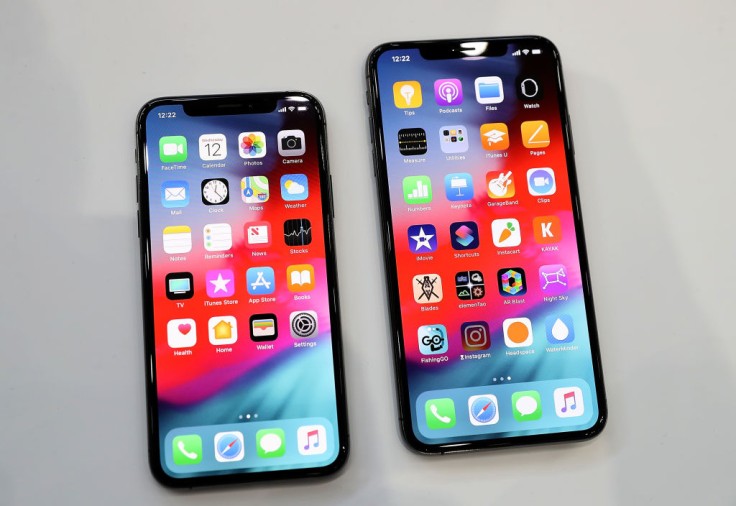
Popular and reliable camera assessment database, DxOMark, officially completed its examination of iPhone 13 Pro. The smartphone ranked fourth on the mobile camera leaderboard, behind Huawei P50 Pro (first), Xiaomi Mi 11 Ultra (second), and the Huawei Mate 40 Pro+ (third). The report also emphasized the iPhone 13 Pro camera improvements over iPhone 12 Pro.
DxOMark gave iPhone 13 Pro a total score of 137 to the iPhone 13 Pro. For reference, Huawei P50 Pro scored 144, Xiaomi Mi 11 Ultra scored 143, and Huawei Mate 40 Pro+ scored 139. iPhone 12 Pro scored 128 last year, putting it nine points lower than the latest Apple device.
iPhone 13 Pro Camera Performance: Full Camera System Specs
DxOMark tested the iPhone 13 Pro with these Key camera specifications:
- Primary: 12 MP sensor, 1.9µm pixels, 26 mm equivalent f/1.5-aperture lens, sensor-shift OIS, Dual Pixel AF
- Ultra-wide: 12MP sensor, 13mm equivalent f/1.8-aperture lens, PDAF, 2cm macro
- Tele: 12 MP sensor, 77mm equivalent f/2.8-aperture lens, OIS
- 3D sensor
- 4K at 24/25/30/60 fps, 1080p at 25/30/60 fps, HDR video recording with Dolby Vision
- Cinematic mode for recording videos with shallow depth of field (1080p at 30 fps)
DxOMark said iPhone 13 Pro tests involved a team of experts analyzing the single device. Data analyzed consists over 1,500 sample photos and more than two hours of video capture. The test took place on both lab and real-world situations. The team hopes their tests would be as reliable and repeatable as possible.
Results show that iPhone 13 Pro scored 144 points for image rating, 76 points for zooming, and 119 points for video capabilities.
Read Also : iPhone 13 Pro Reviews See Positive Impressions; Incredible Battery Life, Powerful Camera Revealed
iPhone 13 Pro Strengths and Weakness
DxOMark said iPhone 13 Pro has accurate and repeatable target exposure. It has improved color balance that creates nice skin tone effects. The camera system also greatly improved indoor and backlit photography. Lastly, iPhone 13 Pro has fast and intuitive autofocus that adds delicate detail to both indoor and outdoor photos.
For its video, iPhone 13 Pro features a well-managed texture and noise video trade-off. Filming also has smooth transitions when changing scenes. It now has better autofocus tracking and refocusing capabilities.
Unfortunately, the iPhone 13 Pro camera still has some disadvantages. DxOMark shared luminance noise remains visible on primary, ultra-wide, and tele cameras. The photo is also limited to a dynamic range, making high contrast scenes challenging to capture. Photography artifacts like flare, slight, ringing, and color quantization are also present. Lens flare and ghosting are evident in low light.
iPhone 13 Pro camera has very limited detail on long-range zoom captures. Some objects lose texture, especially faces, in daylight and indoor conditions. Sharpness differences create strong residual motion on a video still running. Occasionally, pink white balance takes over white balance variation in videos.
Taking all of this into consideration, Apple succeeded in creating a superior smartphone and camera system than iPhone 12 Pro. Although the changes might seem minute, iPhone 13 Pro camera photography emphasized minor details that would directly affect user experience.
In their YouTube channel, Cnet said the iPhone 13 Pro camera would fit well with pro photographers. The video review of their explanation is embedded below.









